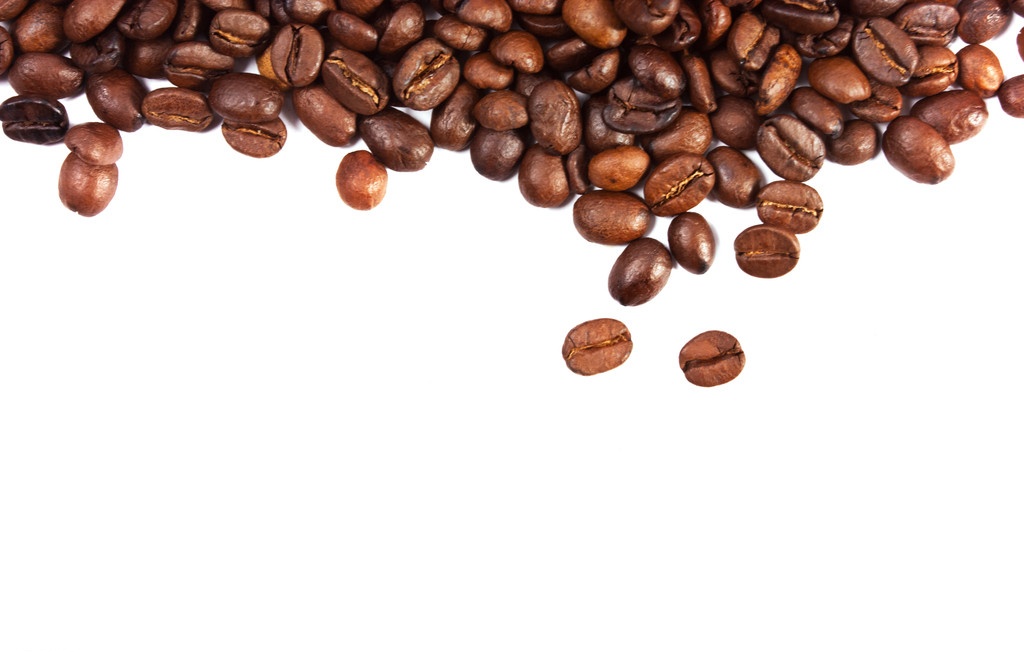Yemeni coffee features Yemeni coffee flavor
Coffee has been Yemen's traditional export product for hundreds of years, and it is still one of the most important cash crops and export products in Yemen. Statistics show that among the top 30 commodities exported by Yemen in 2000, cooked coffee beans, raw coffee beans and coffee shells ranked second, eighth and 21st respectively, with a total value of about US $17.5 million, of which raw coffee was about US $12.25 million. The planting area of coffee was 2. 5% of that in 1995. The number of hectares increased from 70,000 hectares to 3,000 hectares in 2000. The output increased from about 9000 tons in 1995 to about 1 in 2000. 20,000 tons, with an average of 0 per hectare of real estate coffee. The output value of coffee in 2000 was 3 billion rials, or about 19 million U.S. dollars.
Yemeni coffee originated from Arabian coffee trees hundreds of years ago, all of which are produced in areas above 3000 feet above sea level. For hundreds of years, the unique planting and production methods of Yemeni coffee have remained almost unchanged. The seedlings of coffee trees are first cultivated in nurseries and then transplanted to high elevations. No pesticides and chemical fertilizers are used in the breeding process. Mature coffee beans are naturally air-dried on coffee trees. After being shelled by stone mill and then washed repeatedly by manual selection, the coffee beans obtained are regular in shape, uniform in size, and the color can range from light green to yellowish brown. The fragrance is rich and long-lasting. The high-quality coffee is meaningful and meaningful, refreshing and refreshing, giving people endless aftertaste.

Important Notice :
前街咖啡 FrontStreet Coffee has moved to new addredd:
FrontStreet Coffee Address: 315,Donghua East Road,GuangZhou
Tel:020 38364473
- Prev

Introduction to the Fine Coffee in the Manor producing area
On January 12, 1964, the Sang people overthrew the sultan and founded the Zanzibar people's Republic. Tanganyika and Zanzibar formed a United Republic on April 26, 1964. On October 29 of the same year, the name of the country was changed to the United Republic of Tanzania. Julius Cambara Ginerere was the founding president and was re-elected twice until he resigned voluntarily in 1985. Mwinyi was elected on October 27th of the same year.
- Next

Slightly fragrant and refreshing Vietnamese coffee flavor, characteristics, taste
Vietnamese coffee has a strong flavor, light sour taste, smooth and moist taste, slightly bitter in mellow, full-bodied, refreshing and refreshing. The representative products are moossy Coffee, Central Plains Coffee (G7 coffee), Saigon Coffee (SAGOCAFE) and Highland Coffee. Vietnam's geographical location is very favorable for coffee cultivation. Southern Vietnam has a hot and humid tropical climate, which is suitable for growing ROBUSTA coffee.
Related
- Detailed explanation of Jadeite planting Land in Panamanian Jadeite Manor introduction to the grading system of Jadeite competitive bidding, Red bid, Green bid and Rose Summer
- Story of Coffee planting in Brenka region of Costa Rica Stonehenge Manor anaerobic heavy honey treatment of flavor mouth
- What's on the barrel of Blue Mountain Coffee beans?
- Can American coffee also pull flowers? How to use hot American style to pull out a good-looking pattern?
- Can you make a cold extract with coffee beans? What is the right proportion for cold-extracted coffee formula?
- Indonesian PWN Gold Mandrine Coffee Origin Features Flavor How to Chong? Mandolin coffee is American.
- A brief introduction to the flavor characteristics of Brazilian yellow bourbon coffee beans
- What is the effect of different water quality on the flavor of cold-extracted coffee? What kind of water is best for brewing coffee?
- Why do you think of Rose Summer whenever you mention Panamanian coffee?
- Introduction to the characteristics of authentic blue mountain coffee bean producing areas? What is the CIB Coffee Authority in Jamaica?

